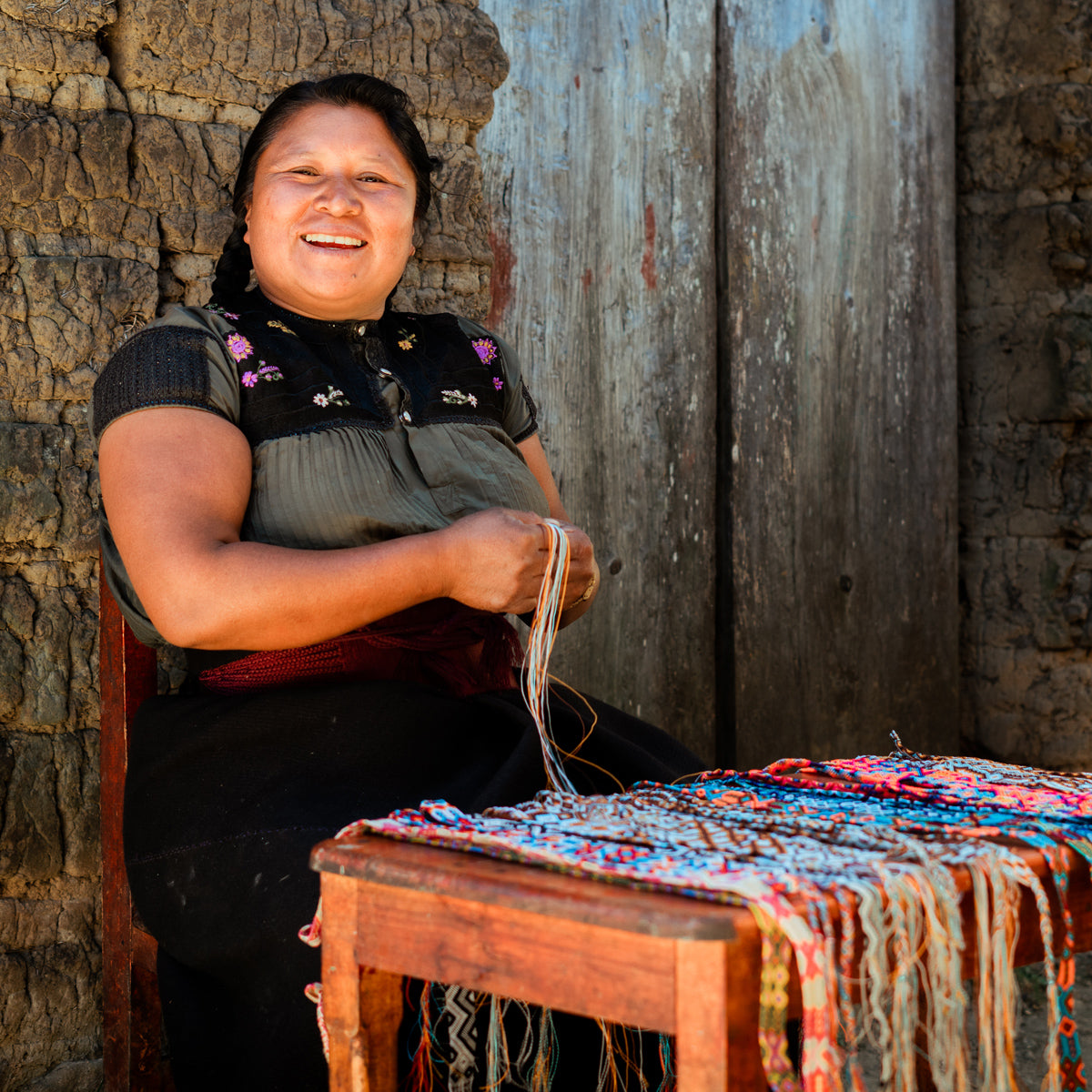
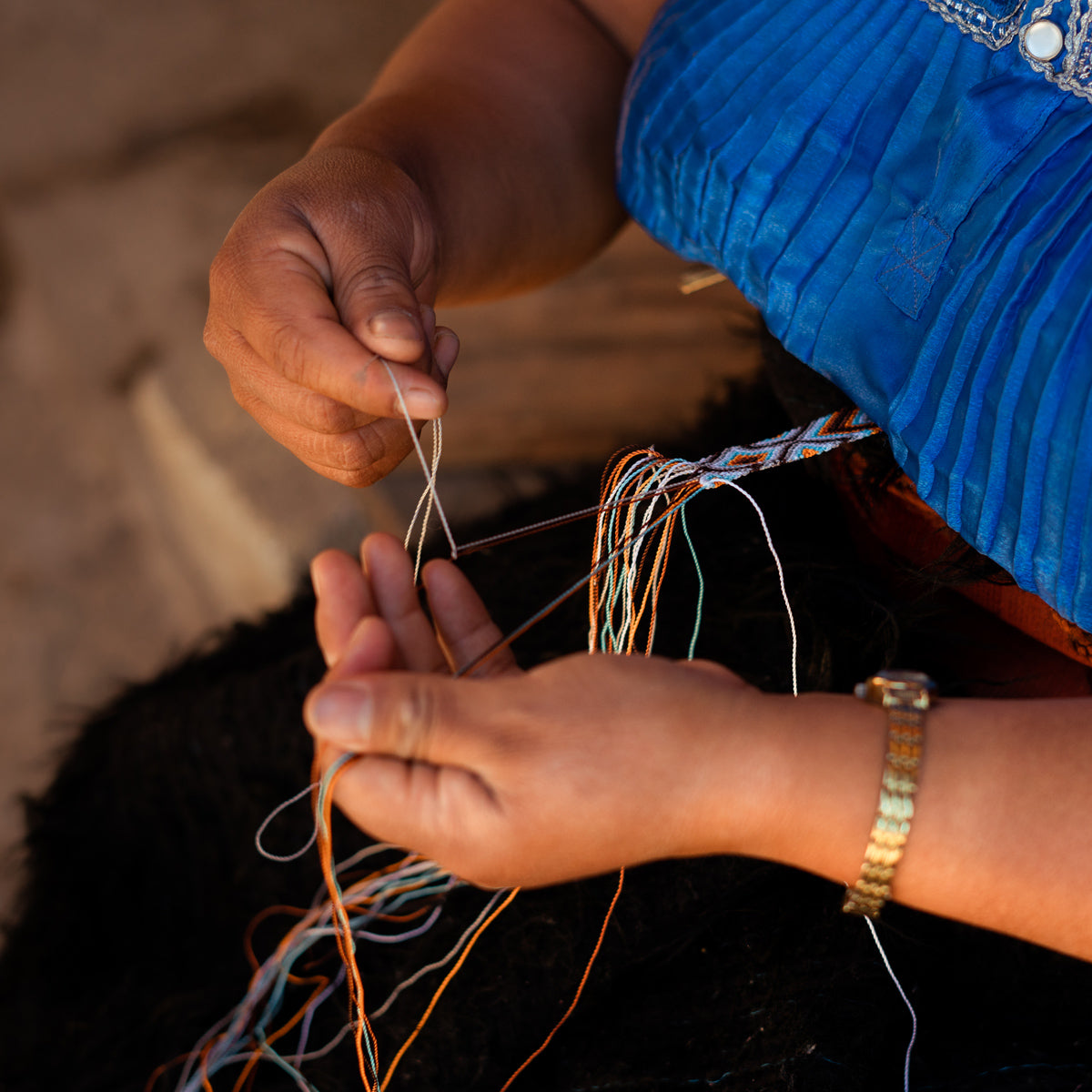
MEXICO
Our unique and colorful designs are from the Tzotzil culture, where the skill of hand weaving is passed down from generation to generation.
This technique, used to create our products, originated thousands of years ago with the Maya civilization.


COLOMBIA
Our unique and colorful designs are from the Arhuaca culture, where the skill of hand beading is passed down from generation to generation.
Arhuaco beadwork (chaquiras) is one of their most recognizable forms of artistic expression. It serves not only decorative purposes but also spiritual, social, and symbolic ones.


ARTISANS
By offering fair wages to these artists, we are helping to create sustainable jobs for women from these cultures. Every product sold from these collections, have a direct impact on the lives and future of these women and their families.
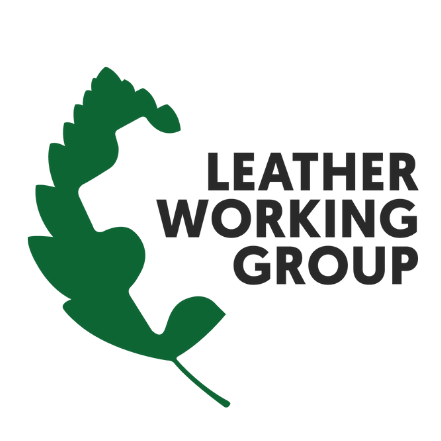
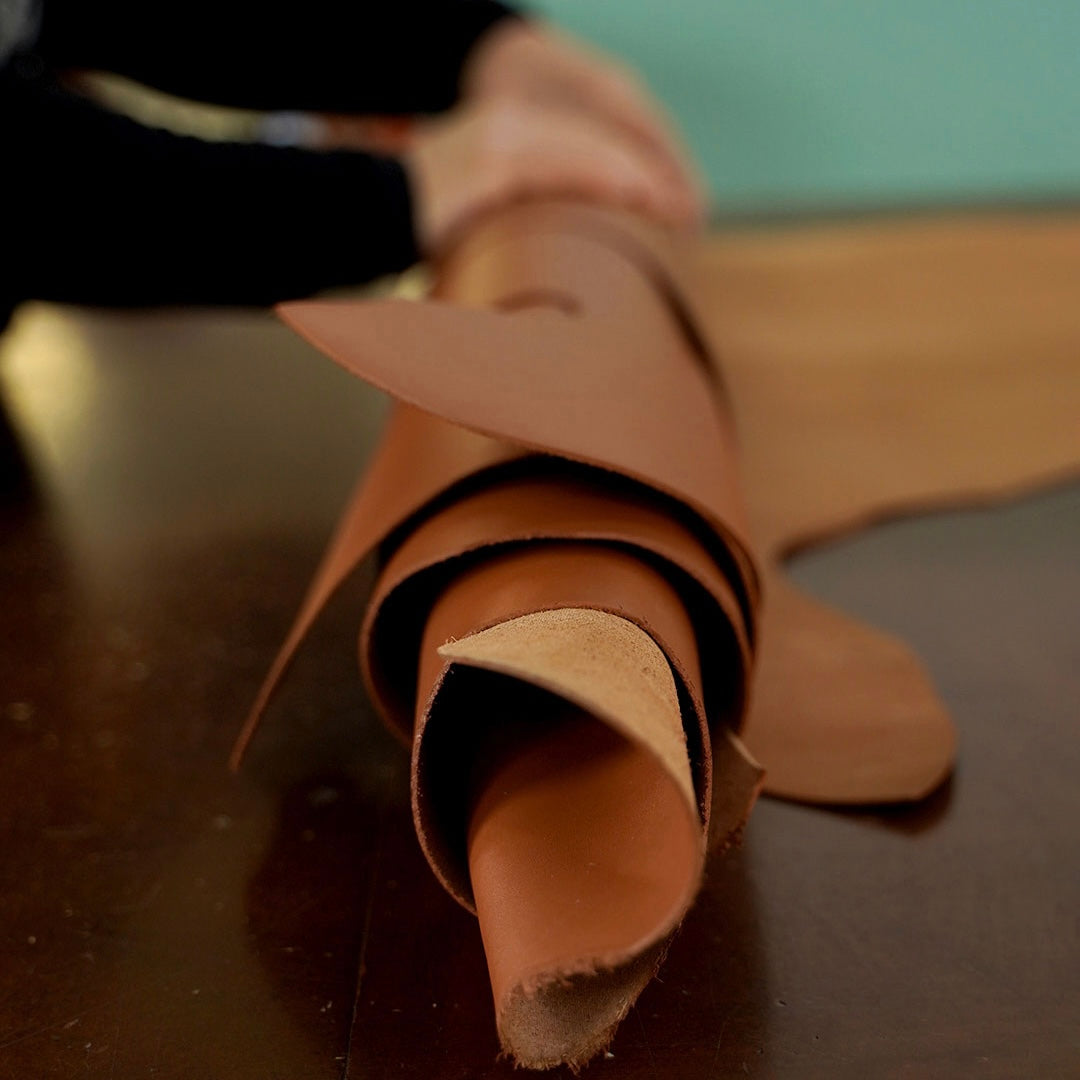
CERTIFICATIONS
Our leather comes from one of the most renowned concerías in Italy, having obtained over the years many certifications including LWG GOLD and TRACKING ´raw materials that ensure the sustainability of the production process, and ISO 9001, which certifies the quality management system.
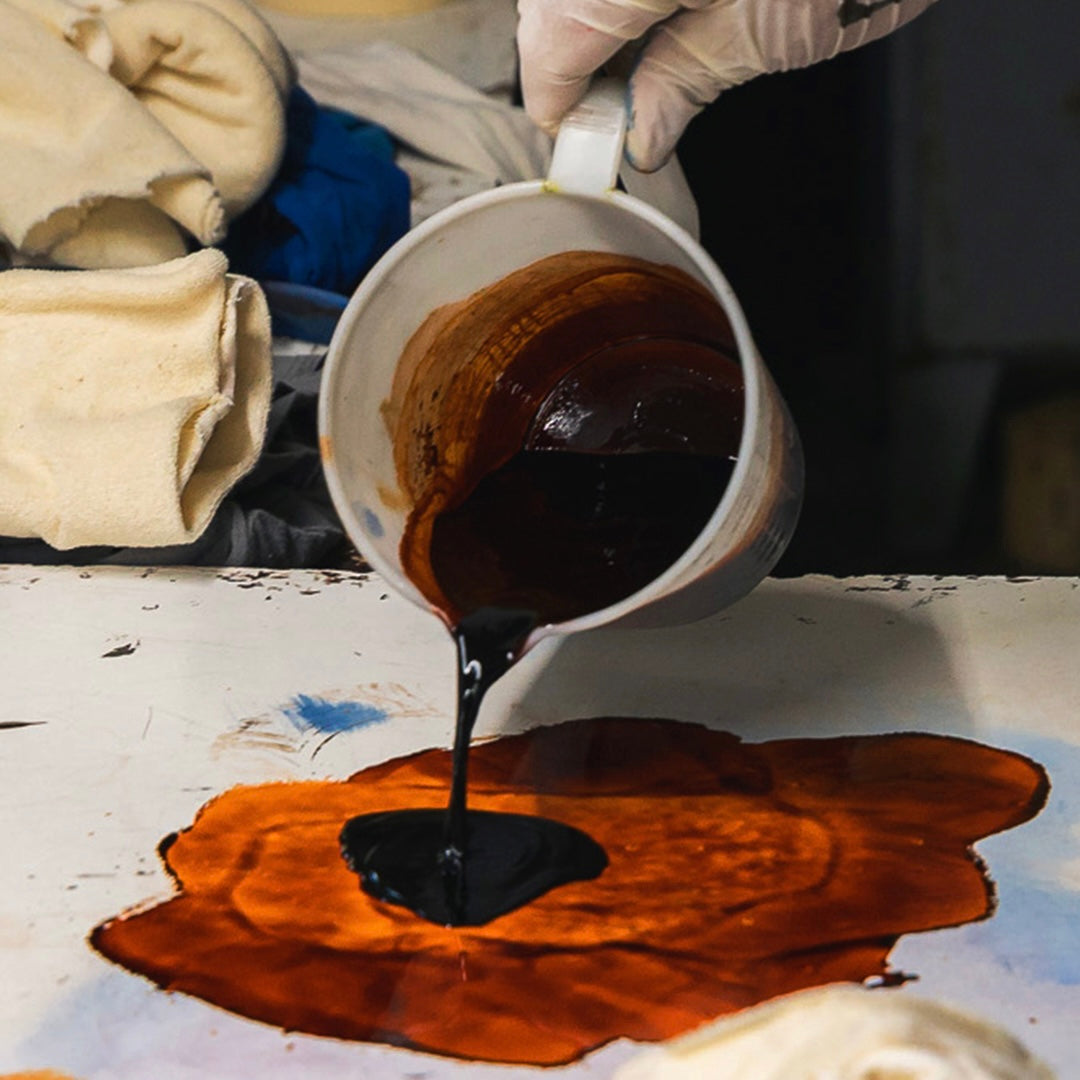
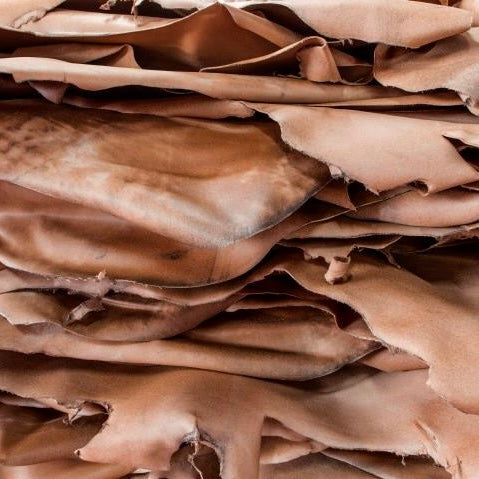
VEGETABLE-TANNED LEATHER
Our leather is processed through traditional craftsmanship, using tannic extracts from renewable vegetable sources such as trees, barks and fruits, giving the leather a natural coloration and antibacterial properties. This technique assumes a low environmental impact during the disposal of the final product and the waste derived from the processing during the different phases. Our leather is dyed and greased by hand with a base of natural oils and waxes, characterized by high resistance to wear and traction.
FAQs
WHY DON´T YOU USE VEGAN LEATHER?
We chose not to pursue the use of vegan leather for several reasons.
First, as long as meat consumption continues, leather will remain a by-product of the meat industry. In this context, using leather is not inherently environmentally harmful. However, it's crucial to ensure that the leather comes from responsibly sourced cattle and that the animals are treated humanely.
Second, the production of vegan or synthetic leather often involves high water usage and relies heavily on chemicals, which can result in significant water pollution.
Lastly, most often the leather substitutes have a large percentage of plastic components included and only a minimal of natural fibres. Resulting for them to have a rather short life-span, but also making them most often not fully biodegradable.
This is why Paw It Up decided to work with vegetable tanned leather as it is the best approach and method to respect the environment.
WHY VEGETABLE TANNING AND NOT CHROME TANNING?
FACT: To date, vegetable tanning accounts for only 15% of global leather production.
Chrome-tanned leather, which dominates the market, is produced using a large amount of chemicals, including acids and salts. This method is fast, cost-effective, and easily automated - often completed in a single day with minimal craftsmanship. However, it comes with significant downsides: chrome-tanned leather tends to wear poorly, can crack within months, and its production releases toxic chromium, which poses serious environmental risks, particularly in regions with inadequate waste treatment.
In contrast, vegetable-tanned leather is crafted using natural tannins extracted from plants. This eco-friendly and biodegradable process is free from harmful chemicals and requires up to two months to complete, relying heavily on the skill and patience of experienced artisans. The result is a more durable, high-quality leather that resists cracking and drying out. Over time, it develops a rich, unique patina, becoming more beautiful with age and use. While slower and more labor-intensive, vegetable tanning supports sustainable practices and delivers a superior, longer-lasting product.
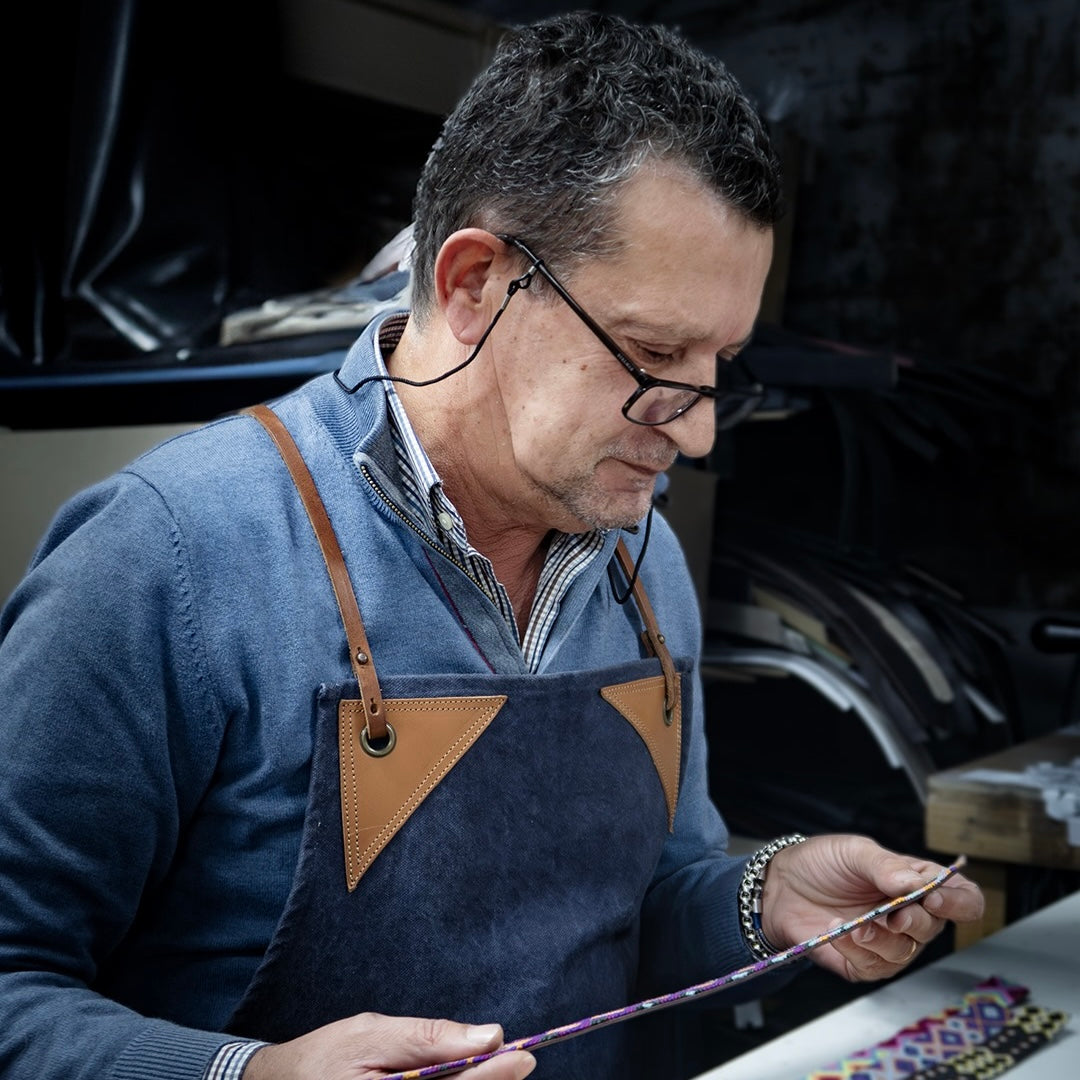
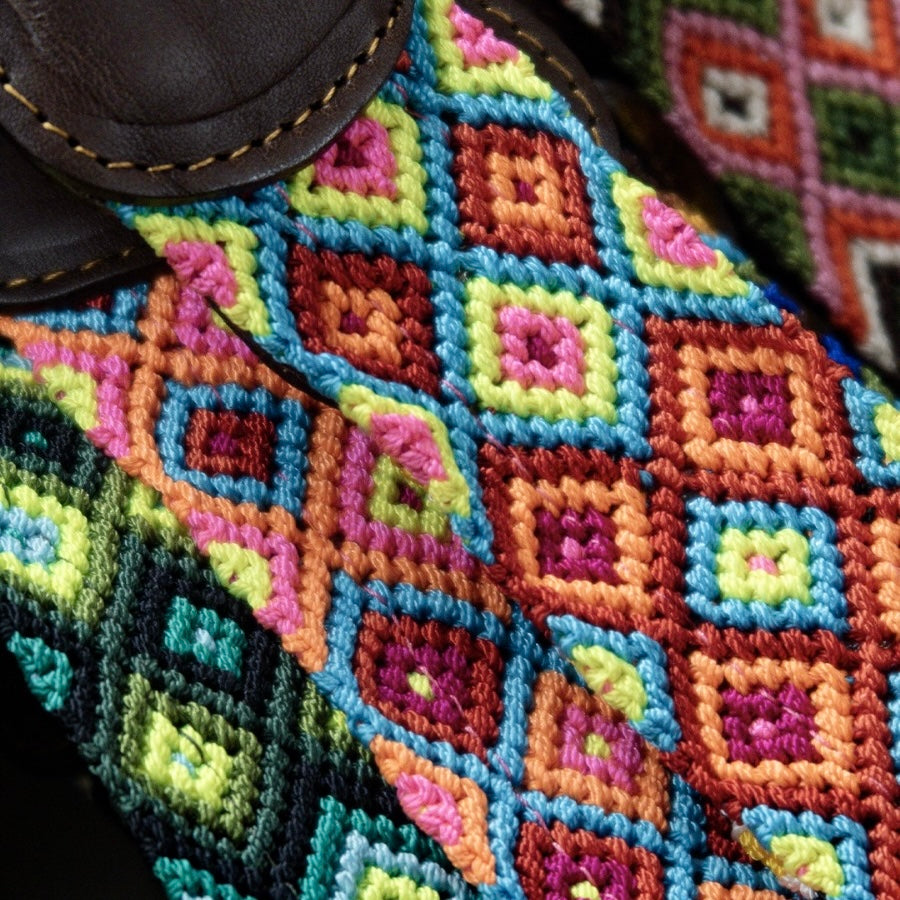
MANUFACTURING
Knowing how to work with leather requires years and years of expertise.
Sometimes it's just something that passes from generation to generation.
That's what happens in our product manufacturer, a family-run factory that has been working with high-quality leather since 1994.
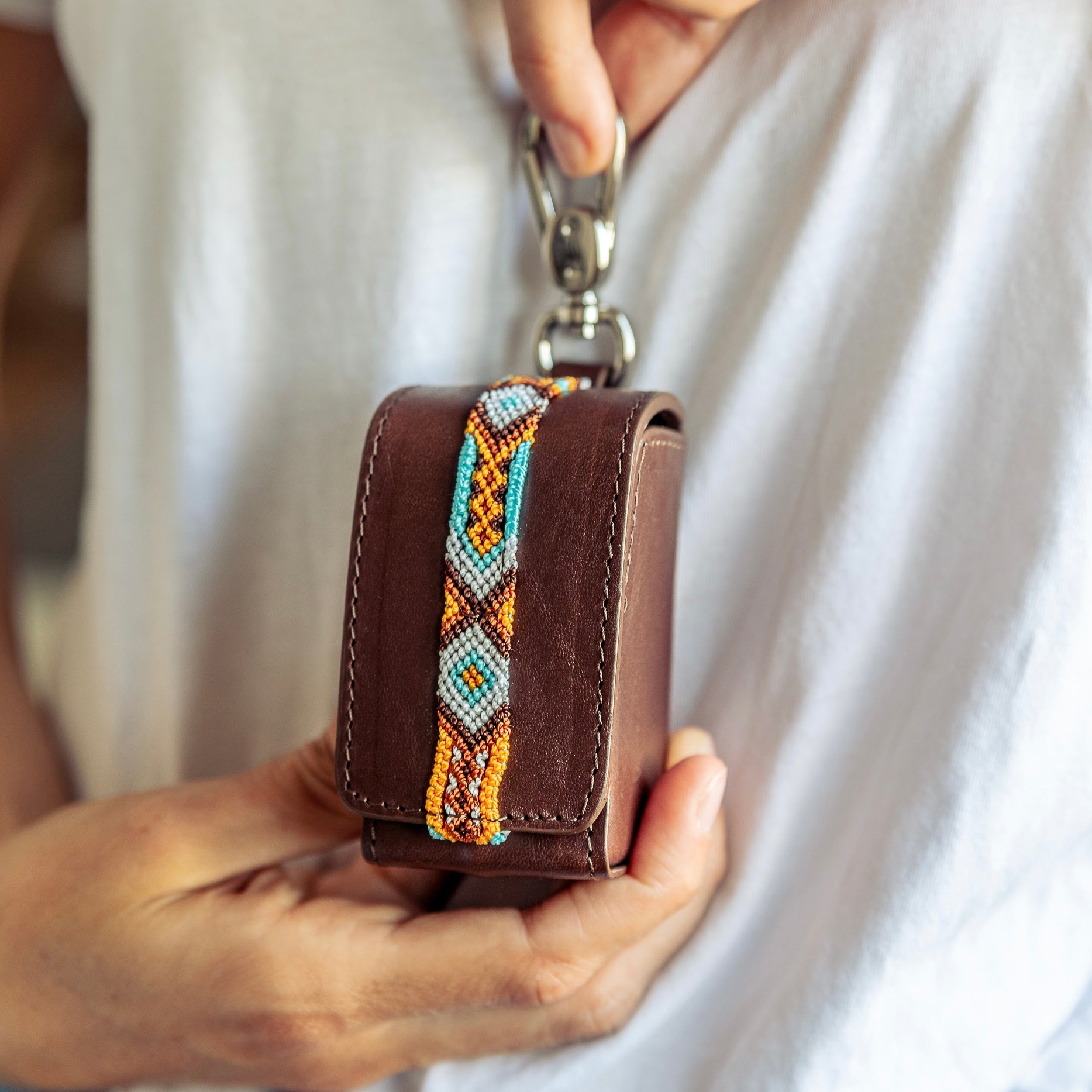
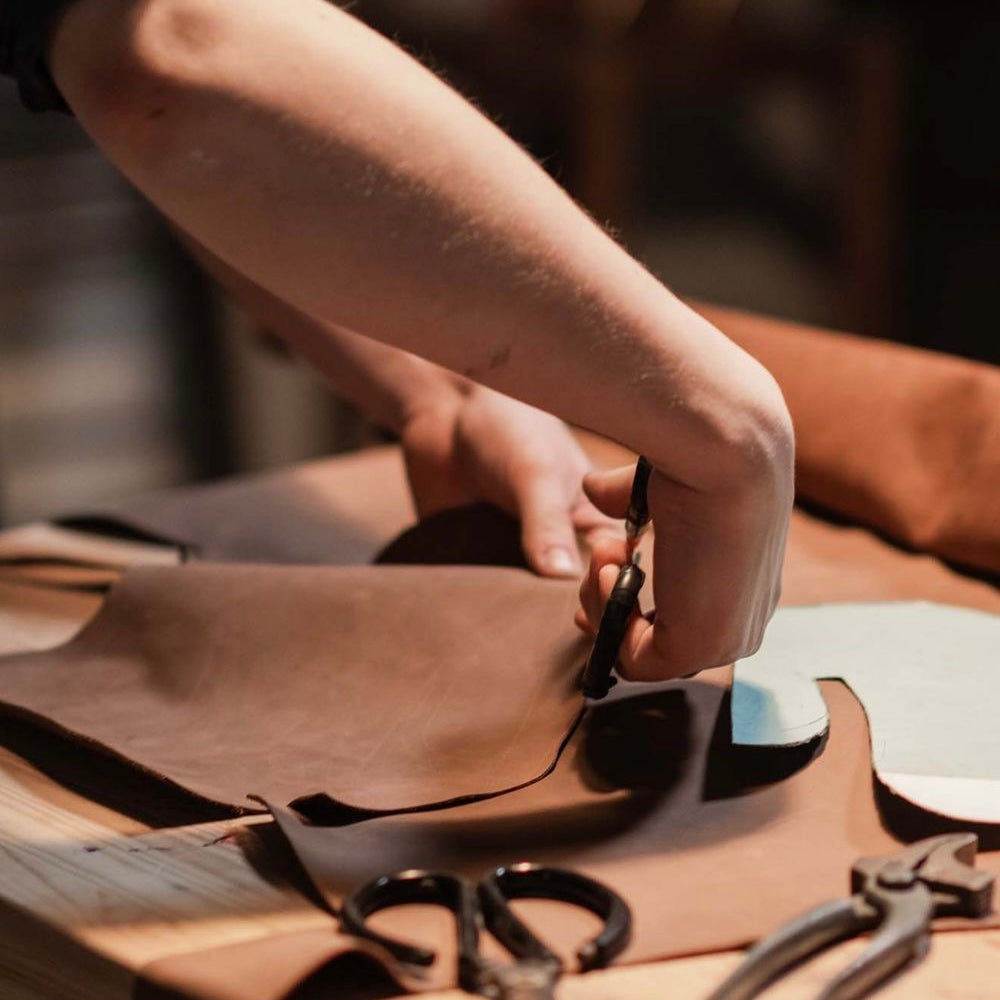
NO WASTE
Products such as our poop bag holders, key rings and belts are handmade out of leather letfovers - making sure nothing goes to waste.



